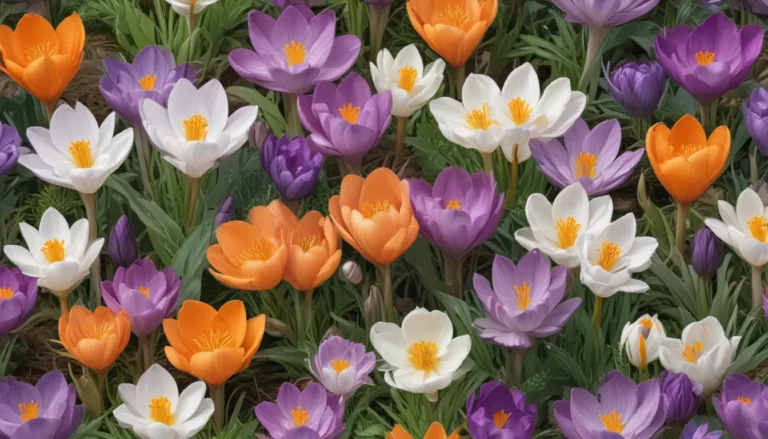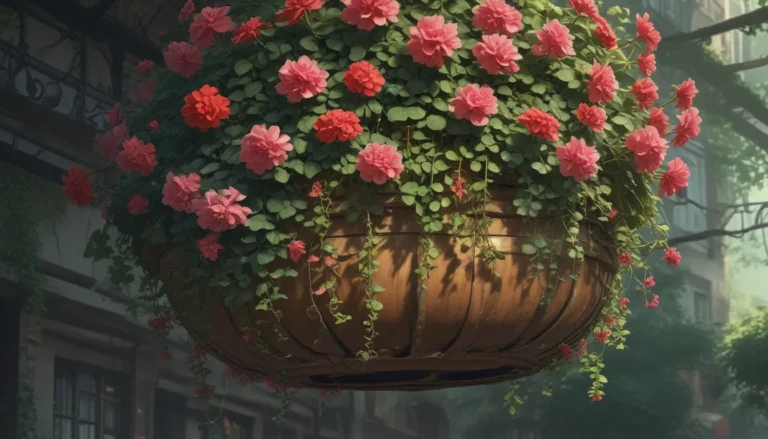Why Isn’t My Milkweed Blooming? Exploring Common Causes and Solutions

If you’re a fan of milkweed plants (Asclepias spp.), you know they are not only visually stunning but also crucial for supporting various caterpillars and other insects. However, it can be disappointing when your milkweed plants fail to produce those beautiful blooms you were hoping to see.
Have you ever wondered why your milkweed isn’t blooming? There are several common reasons why this might happen, ranging from age-related issues to environmental stressors. In this comprehensive guide, we’ll explore the seven most common causes of milkweeds failing to bloom and provide practical solutions to help you troubleshoot this issue.
So, let’s dive right in and unravel the mystery of the missing milkweed flowers:
7 Reasons Why Milkweeds Fail to Bloom
- Age
- Caterpillar Feeding
- High Temperatures
- It’s Too Early in the Year
- Not Enough Water
- Shade
- Too Much Nitrogen
Let’s explore each of these factors in more detail to help you identify the root cause of your milkweed plants not blooming.
1. Age
While some milkweed species may start blooming in their first year, others require more time to establish a strong root system before focusing on flowering. If your plant is in its first year and not producing blooms, don’t worry. With proper care and patience, you can expect abundant flowers in the following seasons.
2. Caterpillar Feeding
Caterpillars play a vital role in the ecosystem, but they can also damage milkweed plants by feeding on developing flower buds. If you notice caterpillars munching on your milkweed buds, it’s likely they are the culprit behind the lack of blooms. Monitoring their activity and taking appropriate measures can help protect your plants.
3. High Temperatures
Extreme heat can stress milkweed plants, impacting their ability to bloom even with sufficient water. Consider providing shade and adequate hydration during heatwaves to support your plants. However, prolonged exposure to high temperatures may hinder flower development, leading to fewer blooms.
4. It’s Too Early in the Year
Different milkweed species bloom at varying times of the year, influenced by factors such as weather conditions and geographical location. If your milkweed hasn’t bloomed by a certain point, like June, factors like a prolonged winter or wet spring might be delaying the flowering process.
5. Not Enough Water
While milkweed plants are relatively low-maintenance when it comes to water requirements, prolonged drought can stress them, causing a reduction in flowering. Ensure your plants receive adequate moisture to support healthy growth and blooming.
6. Shade
Milkweed thrives in full sunlight, requiring at least eight hours of direct sun exposure daily for optimal flowering. If nearby trees, structures, or vegetation cast shade on your plants, they may not receive enough light to produce blooms. Monitor sunlight exposure and consider relocating your plants if necessary.
7. Too Much Nitrogen
Excessive nitrogen in the soil, either from fertilizers or natural sources, can stimulate lush foliage growth at the expense of flowering in milkweed plants. Conduct a soil test to assess nitrogen levels and adjust your fertilization practices accordingly to promote blooming while maintaining plant health.
Make Your Milkweeds Thrive
By addressing these common causes of milkweed plants not blooming, you can enhance the beauty and ecological value of your garden. Remember, even if your milkweed doesn’t flower, it still plays a crucial role in supporting pollinators like monarch butterflies.
Are you facing challenges with your milkweed plants blooming? Share your experiences and insights in the comments below. For more tips on growing milkweed successfully, check out these informative guides:
- Why You Need Milkweed: A Guide to Growing Asclepias
- Give Them the Royal Treatment: 15 of the Best Types of Milkweed for Monarch Butterflies
- How to Care for Milkweed Plants in Winter
By understanding the factors influencing milkweed blooming and implementing appropriate solutions, you can create a thriving habitat for beneficial insects and enjoy the beauty of these unique plants in your garden. Happy gardening!
**





